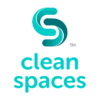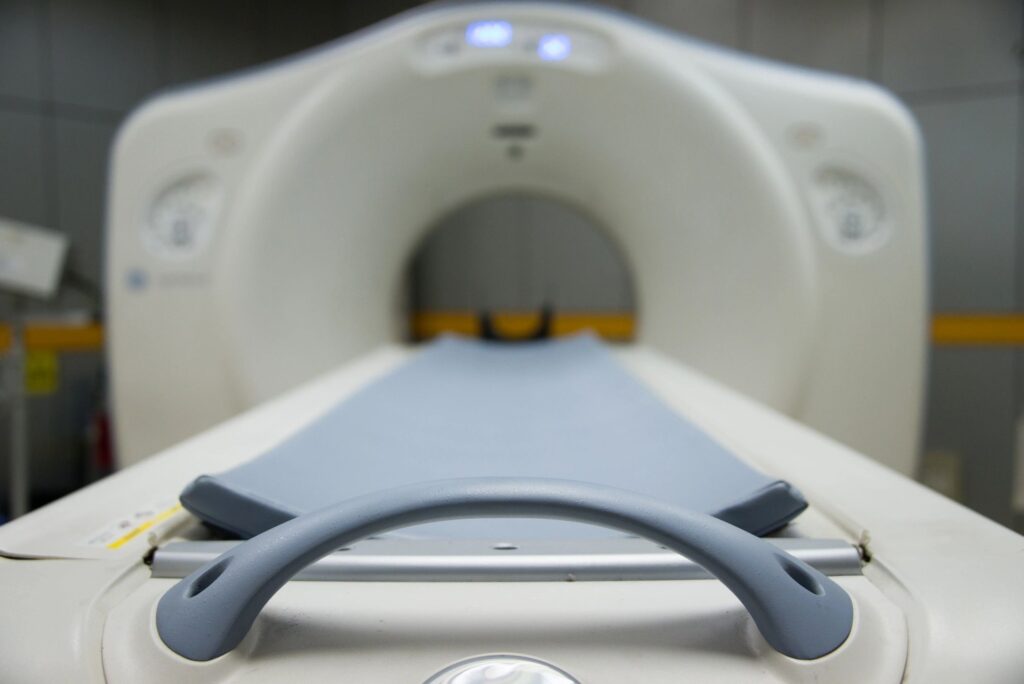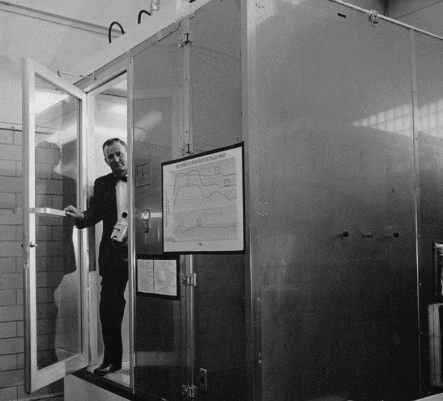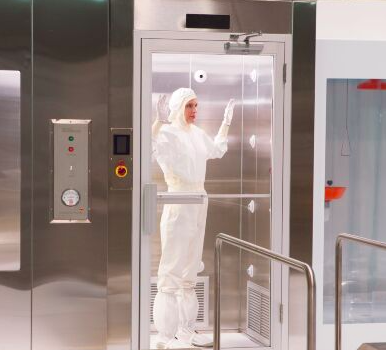Clean rooms are a critical component of healthcare facilities, providing a controlled environment that minimizes the presence of airborne particles and contaminants. Ensuring the safety and effectiveness of clean rooms is paramount, as they are used for various critical processes such as pharmaceutical compounding, medical device packaging, and other sterile preparations. In this article, we will delve into the intricacies of clean rooms in healthcare, explore their importance, and discuss best practices for maintaining them.

Understanding Clean Rooms in Healthcare
Clean rooms are specially designed spaces intended to maintain low levels of particulates, such as dust, airborne microbes, and aerosol particles. In healthcare, they serve to protect patients and healthcare workers from infection and ensure the production of sterile products.
The Role of Clean Rooms in Patient Safety
The significance of clean rooms in healthcare cannot be overstated. These environments are essential for preventing contamination of medical products that could lead to patient infections. By controlling environmental variables, such as temperature, humidity, and pressure, clean rooms help ensure that the products manufactured or processed within them meet the highest standards of safety and quality.
Standards and Classifications
There are various standards and classifications for clean rooms, including the International Organization for Standardization (ISO) and the United States Pharmacopeia (USP). These standards define the permissible levels of cleanliness and the specific conditions that must be met for a facility to be considered a clean room.

Key Components of a Healthcare Clean Room
To maintain a safe and effective clean room, certain key components are essential. These include:
Air Filtration Systems
High-Efficiency Particulate Air (HEPA) filters or Ultra-Low Particulate Air (ULPA) filters are commonly used to remove particles from the air. These filtration systems are crucial for maintaining the cleanliness of the room.
Learn more about Air Filtration
Controlled Access
Access to clean rooms should be strictly controlled to minimize contamination. Personnel should be adequately trained, and access should be limited to those who are necessary for the operation of the room.
Environmental Monitoring
Regular environmental monitoring is necessary to ensure that the clean room is functioning correctly. This includes testing for particulate levels, microbial contamination, and other potential pollutants.
Best Practices for Maintaining Clean Rooms
Maintaining a clean room requires diligence and adherence to strict protocols. Here are some best practices to ensure the safety and integrity of healthcare clean rooms:
Regular Cleaning and Disinfection
Scheduled cleaning and disinfection are essential to prevent the accumulation of contaminants. Surfaces, equipment, and floors should be regularly cleaned using appropriate disinfectants.
Proper Garbing and Personal Hygiene
Personnel working in clean rooms must follow proper garbing procedures, which include wearing gowns, gloves, masks, and hair covers. Personal hygiene is also crucial to prevent shedding skin cells and hair that could contaminate the room.
Equipment and Material Sterilization
All equipment and materials entering the clean room should be appropriately sterilized to prevent contamination. This may involve using autoclaves, dry heat sterilizers, or chemical sterilants.
Continuous Training and Education
Ongoing training for staff is vital to ensure they understand and comply with the necessary procedures and protocols. This includes education on clean room behavior, contamination control, and emergency procedures.
Challenges in Healthcare Clean Room Management
Despite best practices, managing a healthcare clean room comes with its set of challenges. These can include:
Keeping Up with Advancements in Technology
As technology evolves, clean room equipment and monitoring tools become more sophisticated. Staying up-to-date with these advancements is necessary to maintain the highest standards of cleanliness and safety.
Regulatory Compliance
Healthcare clean rooms are subject to strict regulatory standards, and maintaining compliance is both critical and challenging. Regular audits and inspections are necessary to ensure adherence to all relevant guidelines and regulations.
Cost Management
Operating a clean room can be expensive, with costs associated with specialized equipment, utilities, and staff training. Effective cost management strategies are essential to maintain a balance between safety and financial sustainability.
Innovations in Clean Room Technology
The field of clean room technology is constantly evolving, with new innovations designed to improve safety and efficiency. Some recent advancements include:
Smart Monitoring Systems
Advanced monitoring systems that provide real-time data on environmental conditions are becoming more common. These systems can alert staff to potential issues before they become significant problems.
Antimicrobial Materials
The use of antimicrobial materials in clean room construction and equipment can help reduce the risk of contamination by inhibiting the growth of bacteria and other microbes.
Energy-Efficient Design
New clean room designs focus on energy efficiency, reducing the environmental impact and operating costs. This includes optimizing airflow patterns and using energy-efficient lighting and HVAC systems.
In-Conclusion
Ensuring safety in healthcare clean rooms is a complex but vital task. From adhering to strict cleanliness standards to implementing the latest technological advancements, the goal remains the same: to provide a safe environment for the critical work of healthcare professionals. By following best practices and staying informed on new developments, healthcare facilities can maintain clean rooms that meet the highest standards of safety and efficacy, ultimately protecting patients and contributing to the overall quality of healthcare.
By understanding the importance of clean rooms in healthcare, their key components, and the challenges faced in maintaining them, healthcare facilities can create a strategic plan that ensures safety and compliance. Innovations in technology will continue to play a crucial role in advancing the capabilities of clean rooms, and with diligent management, these facilities can continue to be a cornerstone of patient safety and care.



